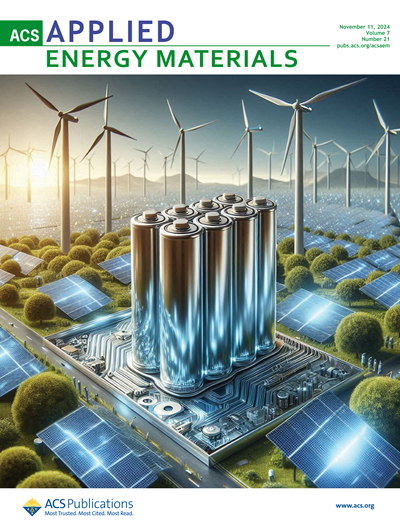Candidate molecular targets uncovered in mouse lifespan extension studies.
IF 5.5
3区 材料科学
Q2 CHEMISTRY, PHYSICAL
引用次数: 0
Abstract
INTRODUCTION Multiple interventions have demonstrated an increase in mouse lifespan. However, non-standardized controls, sex or strain-specific factors, and insufficient focus on targets, hinder the translation of these findings into clinical applications. AREAS COVERED We examined the effects of genetic and drug-based interventions on mice from databases DrugAge, GenAge, the Mouse Phenome Database, and publications from PubMed that led to a lifespan extension of more than 10%, identifying specific molecular targets that were manipulated to achieve the maximum lifespan in mice. Subsequently, we characterized 10 molecular targets influenced by these interventions, with particular attention given to clinical trials and potential indications for each. EXPERT OPINION To increase the translational potential of mice life-extension studies to clinical research several factors are crucial: standardization of mice lifespan research approaches, the development of clear criteria for control and experimental groups, the establishment of criteria for potential geroprotectors, and focusing on targets and their clinical application. Pinpointing the targets affected by geroprotectors helps in understanding species-specific differences and identifying potential side effects, ensuring the safety and effectiveness of clinical trials. Additionally, target review facilitates the optimization of treatment protocols and the evaluation of the clinical feasibility of translating research findings into practical therapies for humans.小鼠寿命延长研究中发现的候选分子靶标
简介多种干预措施已证明能延长小鼠的寿命。我们研究了DrugAge、GenAge、小鼠表型组数据库和PubMed上发表的论文中基于基因和药物的干预对小鼠的影响,这些干预导致小鼠寿命延长了10%以上,并确定了特定的分子靶点,这些靶点通过操作达到了小鼠的最长寿命。专家观点 要提高小鼠寿命延长研究转化为临床研究的潜力,有几个因素至关重要:小鼠寿命研究方法的标准化、制定对照组和实验组的明确标准、建立潜在老年保护剂的标准以及关注靶点及其临床应用。准确定位受老年保护剂影响的靶点有助于了解物种特异性差异和识别潜在的副作用,确保临床试验的安全性和有效性。此外,靶点审查还有助于优化治疗方案,评估将研究成果转化为人类实用疗法的临床可行性。
本文章由计算机程序翻译,如有差异,请以英文原文为准。
求助全文
约1分钟内获得全文
求助全文
来源期刊

ACS Applied Energy Materials
Materials Science-Materials Chemistry
CiteScore
10.30
自引率
6.20%
发文量
1368
期刊介绍:
ACS Applied Energy Materials is an interdisciplinary journal publishing original research covering all aspects of materials, engineering, chemistry, physics and biology relevant to energy conversion and storage. The journal is devoted to reports of new and original experimental and theoretical research of an applied nature that integrate knowledge in the areas of materials, engineering, physics, bioscience, and chemistry into important energy applications.
 求助内容:
求助内容: 应助结果提醒方式:
应助结果提醒方式:


